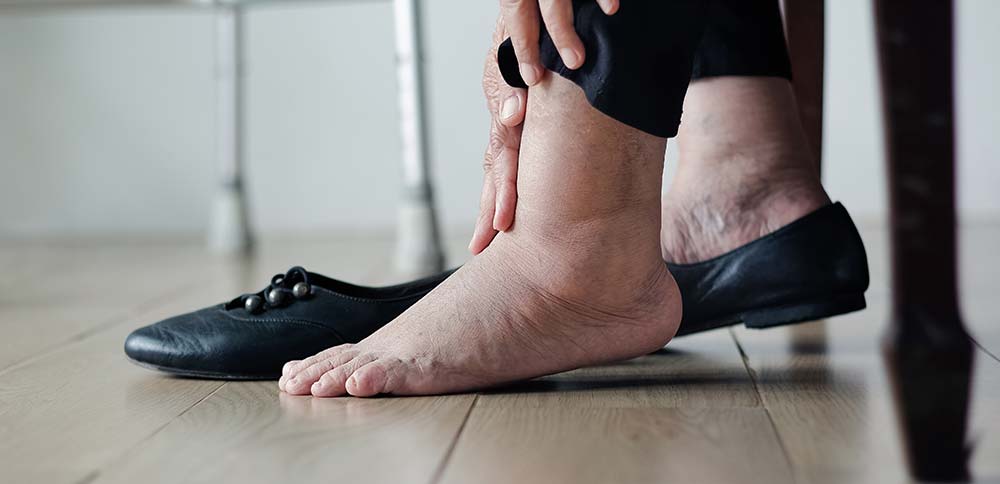Office Hours
- Mon-Fri 9:00a – 5:00p
Saturday Appt. Only
Sunday Closed
Contact Info
- Phone: 1-323-264-6157
Ask Us a Question
Amputation Prevention

What is an Amputation Prevention Center?
At New Hope Podiatry Group, we are an “Amputation Prevention Center” which is a surgically focused inpatient and outpatient provider within a Comprehensive Wound Healing Center, that specializes in treating patients with limb-threatening conditions, such as diabetic foot ulcers/infections and peripheral arterial disease.
Diabetic foot complications are among the most complex to treat and require a coordinated, organized approach from a team of specialists with advanced training. The good news is up to 85% of amputations due to diabetic complications are preventable with an integrated approach to treatment.
When Should I Call the Amputation Prevention Center?
Time is of the essence when trying to save your limb. Any time you have a sore or wound on your lower extremity that concerns you, talk to your physician or contact us to schedule an appointment with one of our Amputation Prevention Specialists for an evaluation.
- A foot or leg ulcer that is red and/or swollen
- An ulcer or skin surrounding an ulcer that has turned black
- A leg or foot ulcer and you have had a previous major or minor lower limb amputation
- You have been told you might need an amputation or a toe, foot, or lower leg.
If you have any of the above symptoms and develop a fever or flu-like symptoms, you should go to the emergency room and then contact New Hope Podiatry Group for a follow-up appointment.
How Does a Chronic Wound Lead to Amputation?
Often complicated by underlying conditions, what seems like a simple wound on your foot or lower leg can turn into a significant problem. Lower extremity amputation is an unfortunate and often avoidable complication of diabetes. In fact, the majority of lower limb amputations are due to foot ulcers that are a result of complications from diabetes, including:
- Neuropathy – loss of feeling in your feet
- Poor circulation
- Charcot foot – a deformity that forms in some patients with diabetes
- Gangrene
- Infections
- Repetitive trauma – from ill-fitting shoes that cause redness, blisters and evenutally sores
Ulcers develop in up to 25% of those with diabetes over their lifetime. The longer an ulcer remains open and unhealed, the more likely it is to become infected. Foot ulcers complicated by infection are often what leads to an amputation.
Our Amputation Prevention Center Care Specialists
New Hope Podiatry Group is led by a team consisting of surgical podiatrists and endovascular specialists (vascular surgery, interventional radiology, and/or interventional cardiology) with advanced training in procedures to save patients from major amputations.
This specialized team allows for rapid vascular and podiatric opinions regarding the aggressive treatment of infections, response to emergencies, and performance of urgent investigations and wound debridement.
